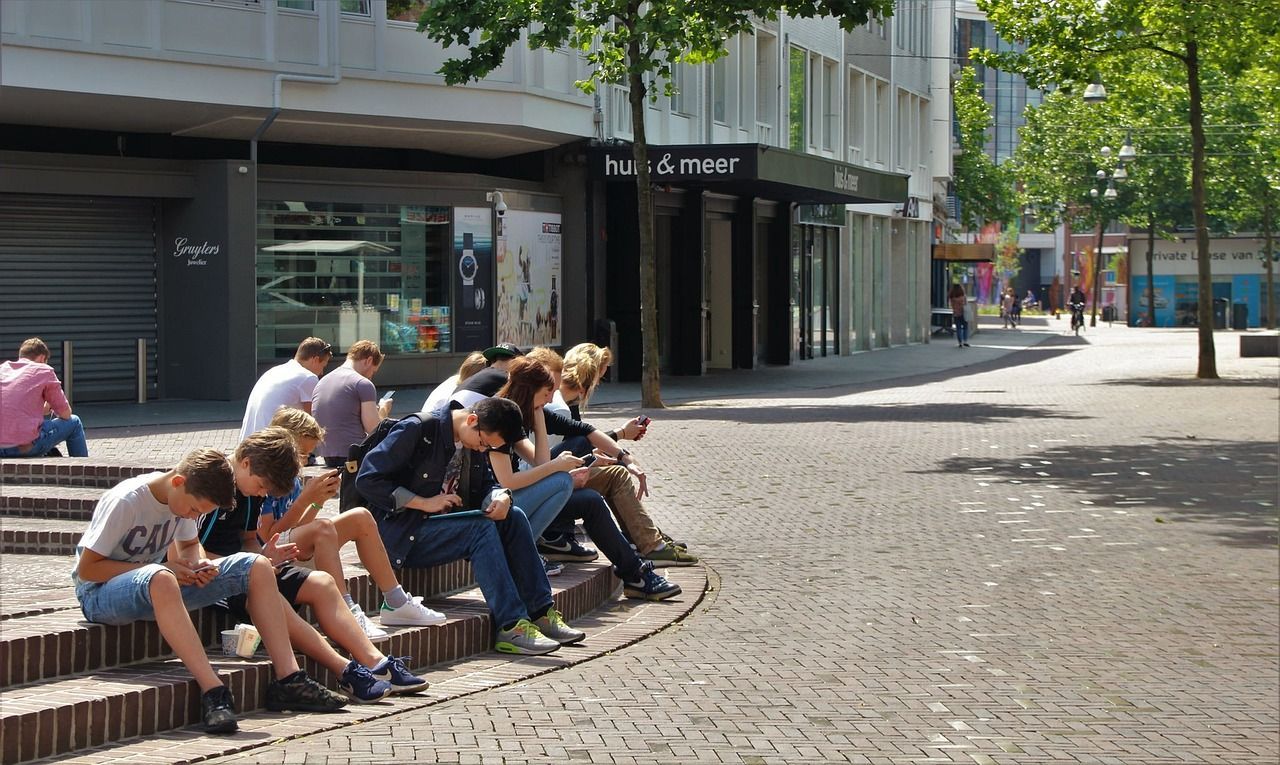Cultivating a Culture of Engagement: Creating Belonging for Youth in Care
Social isolation among youth and young adults in domiciliary care is a pressing challenge that goes beyond physical distance or schedule gaps. Feeling disconnected can affect mental health, motivation, and long-term outcomes, making engagement a central concern for care leaders. While individual interventions matter, the most sustainable impact comes from fostering a culture of engagement—a mindset and practice embedded in every level of the care environment.
A culture of engagement begins with leadership. Leaders set the tone by showing that connection and participation are valued, not optional. This goes beyond words or policies; it is reflected in daily practices, from how staff interact with youth to how teams communicate and make decisions. When leaders consistently model curiosity, attentiveness, and inclusivity, they signal that everyone—staff and young people alike—has a voice and a role in shaping their environment.
For youth in care, feeling part of a community is vital. Engagement means more than attending scheduled activities—it is about belonging, contributing, and being recognised as an individual. Leaders can create opportunities for youth to participate in decision-making, from planning group activities to providing input on their care plans. This not only reduces isolation but empowers young adults, helping them build confidence, self-advocacy skills, and a sense of ownership over their lives.
Embedding engagement also requires consistency. Sporadic events or occasional check-ins are insufficient to counteract isolation. Leaders must cultivate routines and structures that reinforce participation daily. This might include morning huddles, group discussions, reflective sessions, or creative projects where youth collaborate and express themselves. The key is making engagement a natural, expected, and enjoyable part of life within care settings.
Staff engagement is equally important. A culture of engagement cannot exist if caregivers feel disconnected, overburdened, or undervalued. Leaders must prioritise staff wellbeing, provide training in communication and relational skills, and recognise contributions. When staff are engaged, motivated, and supported, they are better able to create meaningful connections with youth, fostering an environment where everyone thrives.
Another critical aspect of cultivating engagement is inclusivity. Youth in care are a diverse group, with varied needs, experiences, and abilities. Leaders must ensure that engagement strategies are accessible and adaptable. This may involve offering a range of activities, providing support for neurodiverse individuals, or creating safe spaces for those who are more reserved. By considering the unique circumstances of each young adult, care leaders ensure that participation is meaningful and that no one is left on the sidelines.
Peer engagement is also a powerful tool. Encouraging youth to support and interact with one another creates networks of connection that extend beyond formal care structures. Peer mentoring, buddy systems, or collaborative projects allow young adults to develop social skills, empathy, and mutual support. Leaders can facilitate these initiatives while empowering youth to take ownership, reinforcing the culture of engagement and belonging.
Feedback and reflection are essential components. Leaders should regularly seek input from both staff and youth to understand what works, what doesn’t, and where adjustments are needed. This ongoing dialogue ensures that the culture of engagement is dynamic, responsive, and relevant to the individuals it serves. When youth see that their voices influence decisions, they are more likely to participate actively and feel invested in their care environment.
Technology can also play a role in cultivating engagement, but it must be used strategically. Digital platforms can facilitate communication, collaboration, and learning, especially for youth who may be physically isolated or socially anxious. Online forums, virtual workshops, and interactive activities can complement in-person engagement, but they should never replace authentic, face-to-face interaction. Leaders must guide staff and youth in using technology to enhance, rather than substitute, meaningful connection.
The impact of a culture of engagement extends beyond individual experiences. When engagement is embedded at every level, care settings become vibrant, inclusive communities where young people feel supported, valued, and connected. Staff morale improves, retention increases, and outcomes for youth—emotional, social, and developmental—are significantly enhanced. Leaders who prioritise engagement create environments where everyone benefits, and where social isolation becomes the exception rather than the norm.
Building this culture requires intentionality. Leaders must define engagement as a core value, integrate it into policies, and model it consistently in their interactions. They must provide training, resources, and opportunities for both staff and youth to participate actively. Recognition, feedback, and adaptability are also critical to sustaining engagement over time. When these elements come together, care settings can move from transactional interactions to meaningful, relationship-driven environments.
In conclusion, cultivating a culture of engagement is one of the most effective ways to reduce social isolation among youth and young adults in domiciliary care. It is a leadership responsibility, a team effort, and a mindset that values every individual’s participation, voice, and wellbeing. By embedding engagement into the fabric of care, leaders create a community where young people feel connected, empowered, and supported—where belonging is not an aspiration but a daily reality.
For youth navigating the complexities of care, this culture can be transformative. It turns routine services into opportunities for growth, relationships, and self-discovery. Leaders who embrace this approach foster resilience, reduce isolation, and prepare young adults to thrive—not only in care but in life beyond it. Ultimately, engagement is not just an outcome; it is a reflection of the values, priorities, and humanity of the care environment itself.



